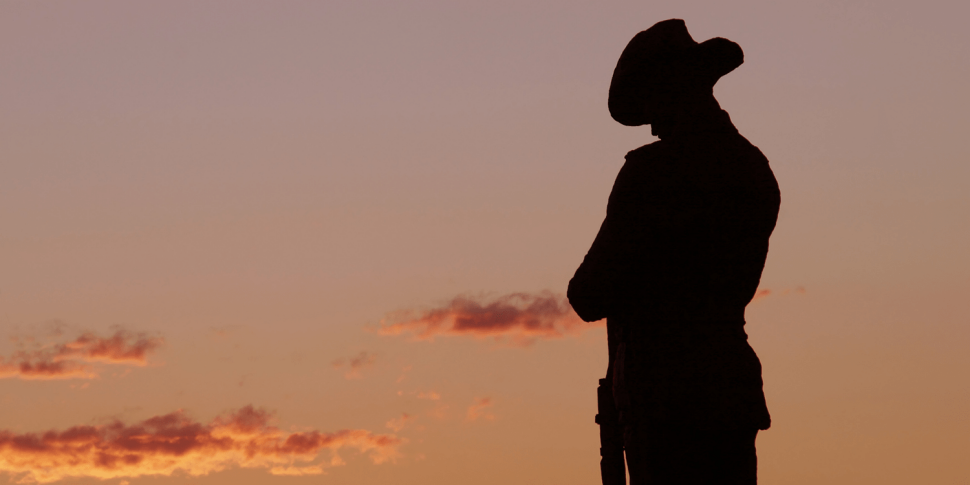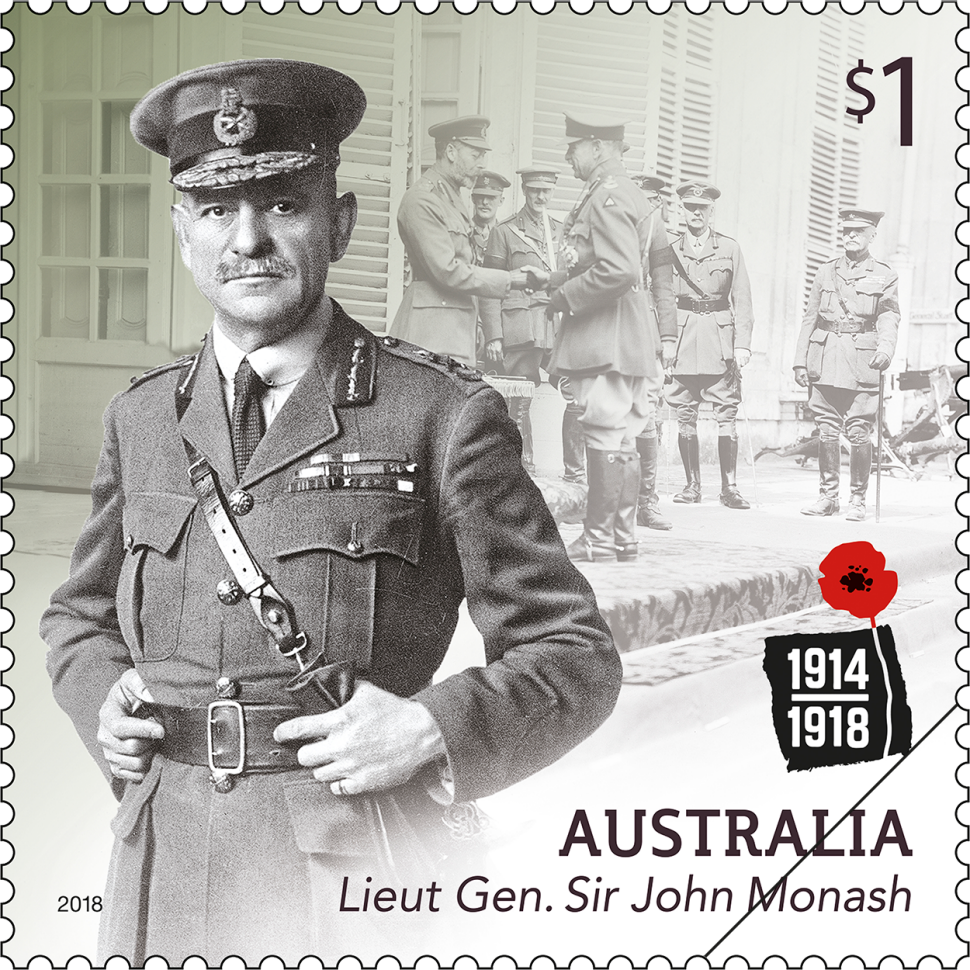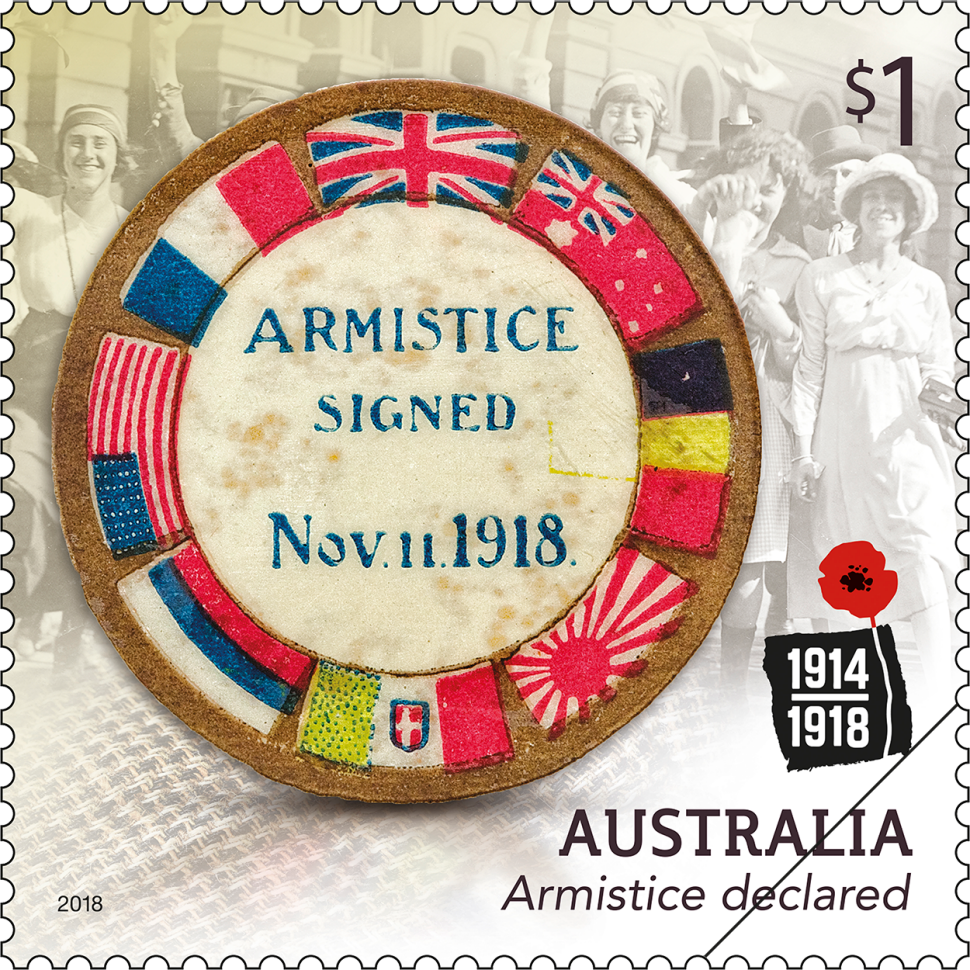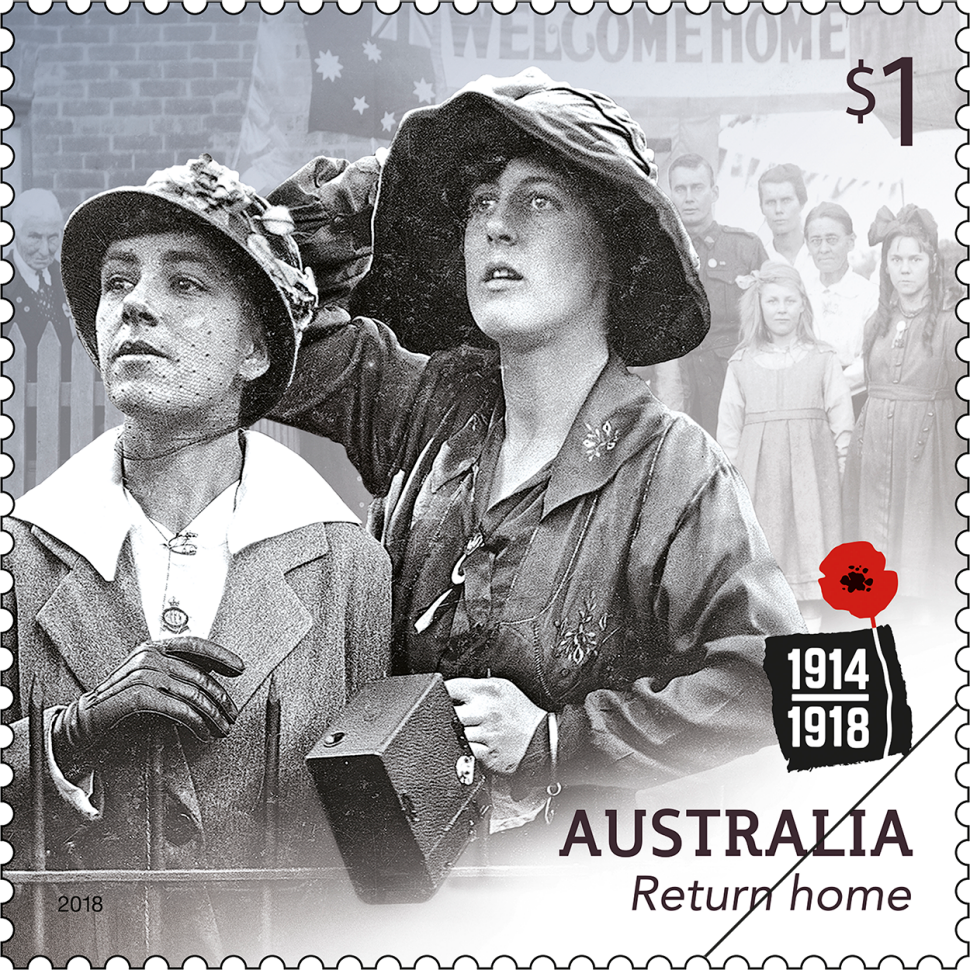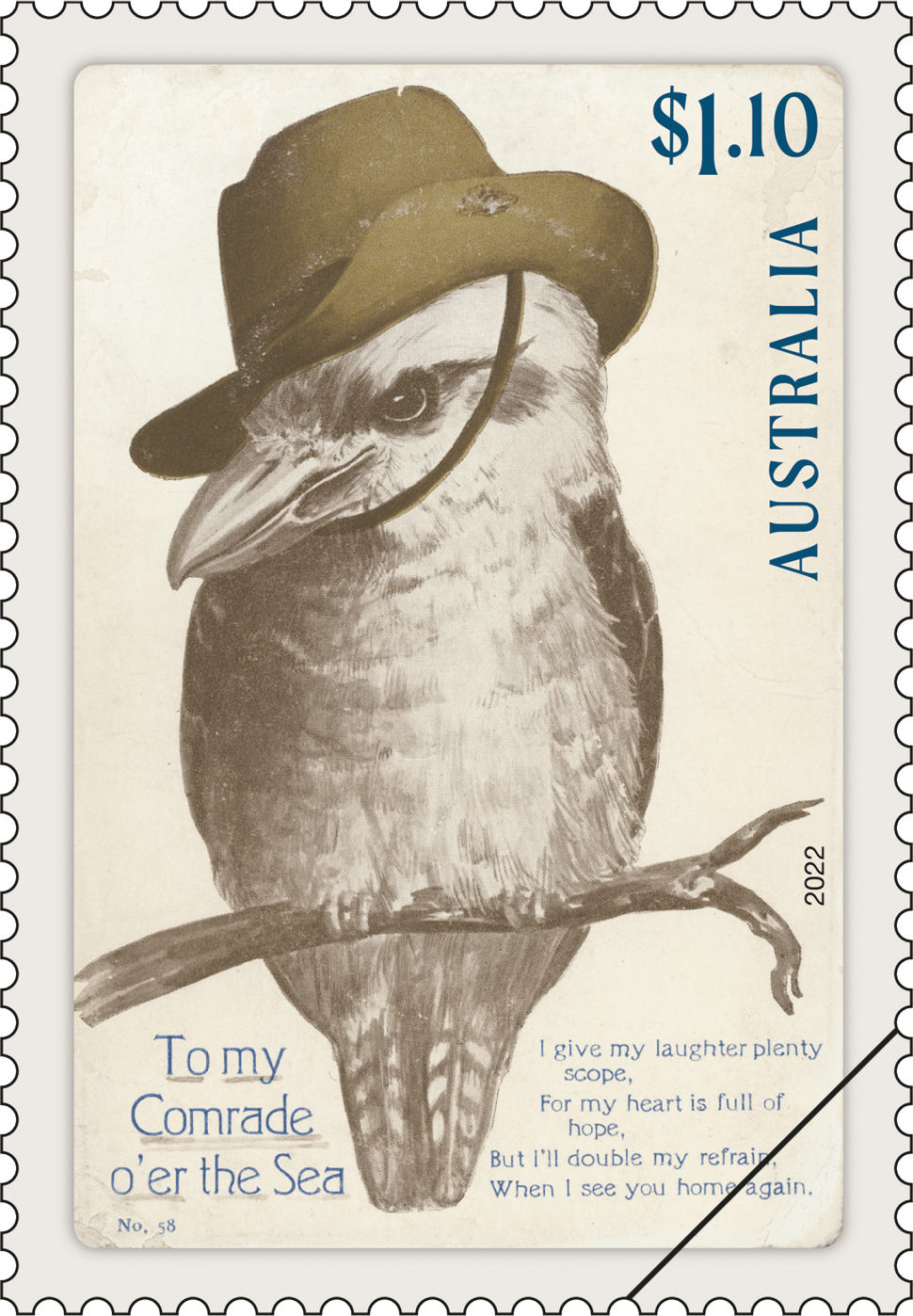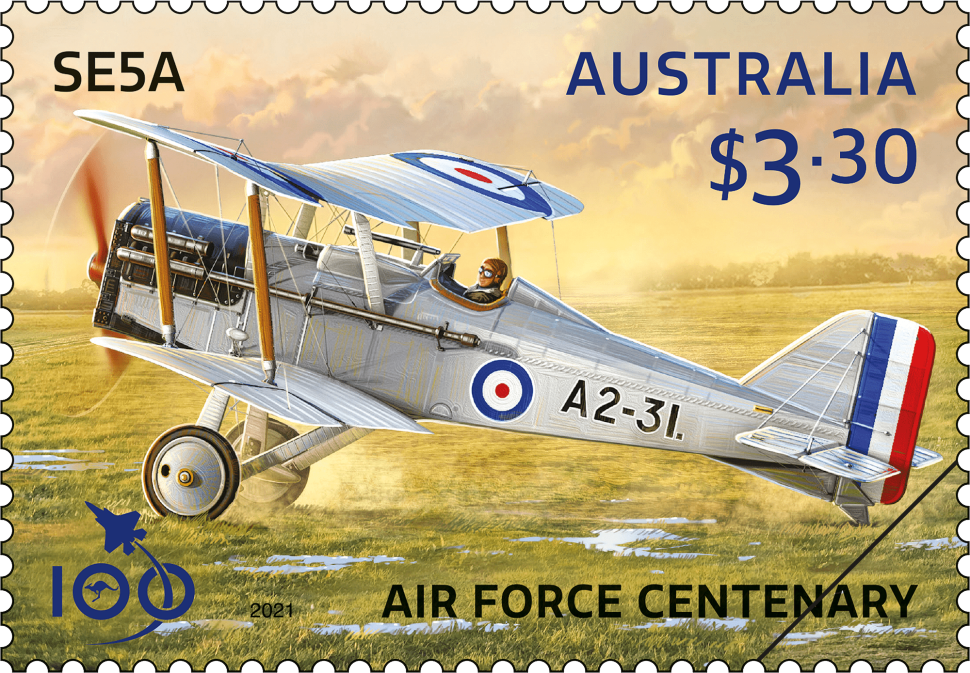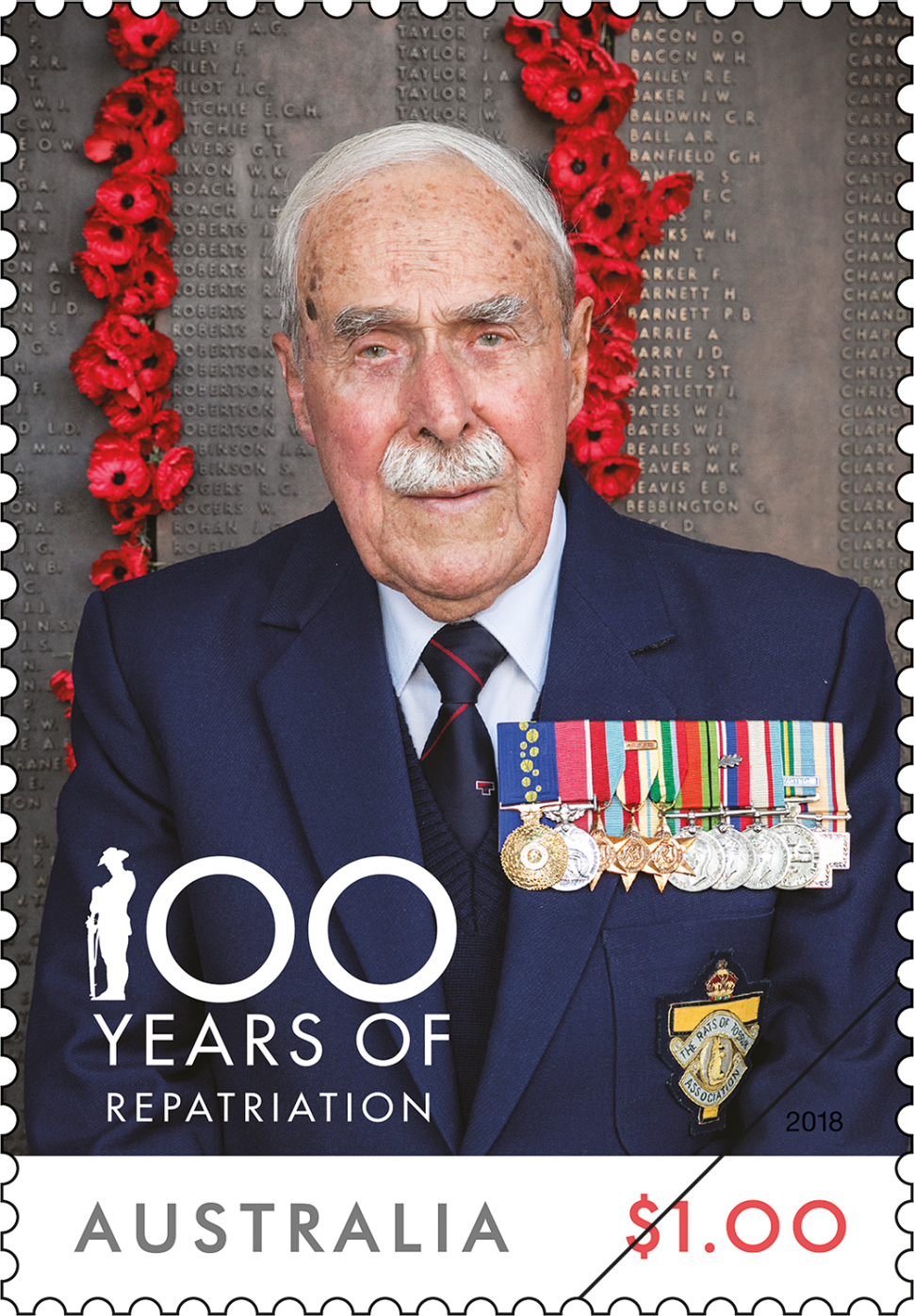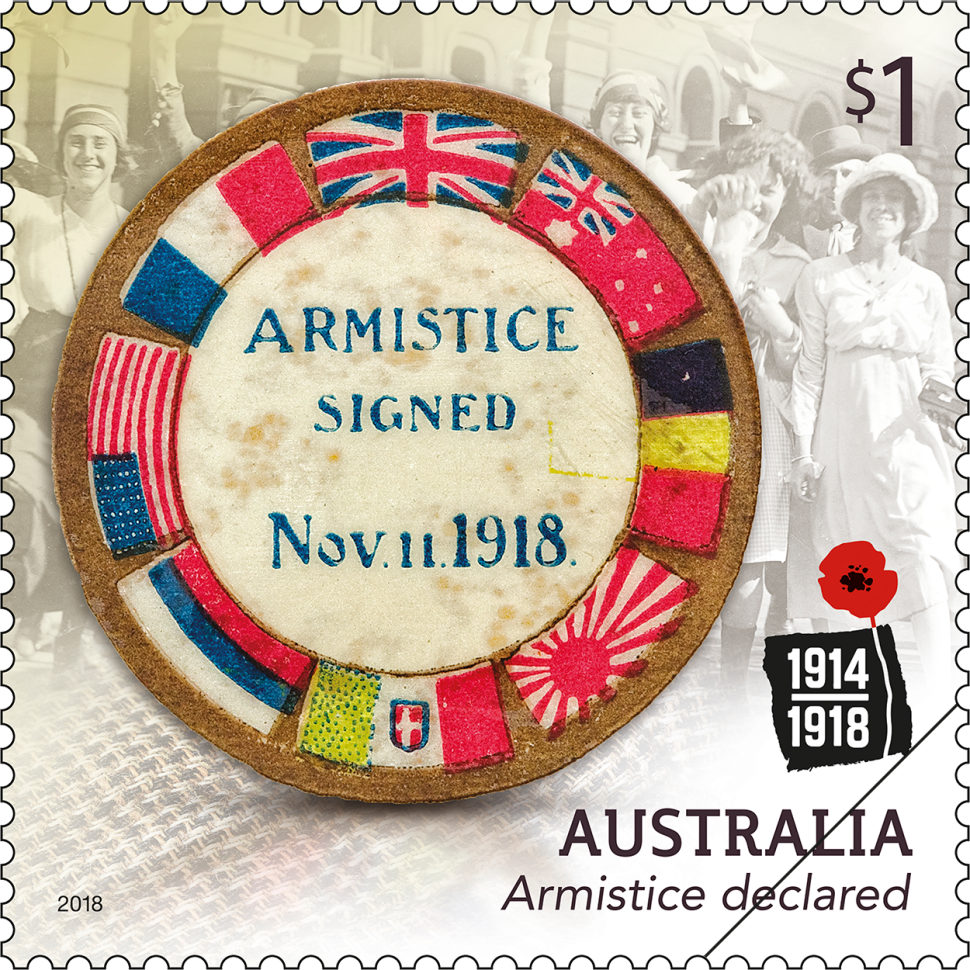This stamp issue is the final in a five year series commemorating World War I, each issue relating to the centenary year in which it has been released. This issue focuses on the events of 1918, which saw the end of four years of bloodshed.
These stamps represent the last months of hostilities on the Western Front; Australia’s most highly regarded commander, Lieutenant-General Sir John Monash, who played a critical role in leading the Australian troops during their most successful campaign of the war; the response in Australia to the Armistice; the return of the troops from their service abroad; and remembering the lives lost on foreign soil.
Designed by Lisa Christensen of Three Branches Design and with photographs from the collection of the Australian War Memorial, the stamps paint an evocative picture of the last year of the Great War. We discuss many of these themes further in our blog article.
Products released in this issue
- Minisheet
- First day cover
- Stamp pack
- Maxicards
- Postal numismatic cover x 3
- Prestige booklet
- Medallion cover
- Booklet of 10 x $1 stamps (self-adhesive)
Technical specifications
- Issue date
- 2 October 2018
- Issue withdrawal date
- 30 April 2019
- Denominations
- 5 x $1
- Stamp design
- Lisa Christensen, Three Branches Design
- Product design
- Lisa Christensen, Three Branches Design
- Printer
- RA Printing
- Paper - gummed
- Tullis Russell
- Paper - self-adhesive
- Securepost MC90
- Printing process
- Offset lithography
- Stamp size
- 35mm x 35mm
- Perforations
- 14.28 x 14.28
- Sheet layout
- Module of 50
- FDI postmark
- Canberra ACT 2600
- FDI withdrawal date
- 31 October 2018
In this stamp, Lieutenant Rupert Frederick Arding Downes MC addresses his platoon from B Company, 29th Battalion, during a rest near the villages of Warfusee and Lamotte before the advance onto Harbonnieres, the battalion’s second objective. The background is obscured by the smoke of heavy shellfire.
This stamp features a portrait of John Monash at his headquarters in the Villers-Bretonneux sector, in May 1918.
In November 1917, the five Australian infantry divisions were reorganised as the Australian Corps, and in May 1918 Monash was appointed its commander, promoted to lieutenant general. He commanded the Australian Corps during the most critical stage of the war, leading the Australians at Hamel, the Battle of Amiens, the fighting at Péronne and Mont St Quentin and the breaking of the Hindenburg Line. Following the cessation of conflict, Monash was appointed Director General of Demobilisation and Repatriation of the AIF.
Australian troops on the Western Front were resting after months of heavy fighting when the Armistice was signed on 11 November 1918. Although the mood was sombre among the troops, there were spirited celebrations in the streets of towns and cities in Australia, as citizens rejoiced at the news the war had finally come to an end.
It took more than a year to bring the Australian troops home from the war. Some enlisted in the British Army and were involved in the British intervention in the Russian Civil War, while light horsemen in the Middle East assisted the British bring peace and stability to Egypt during a nationalist uprising.
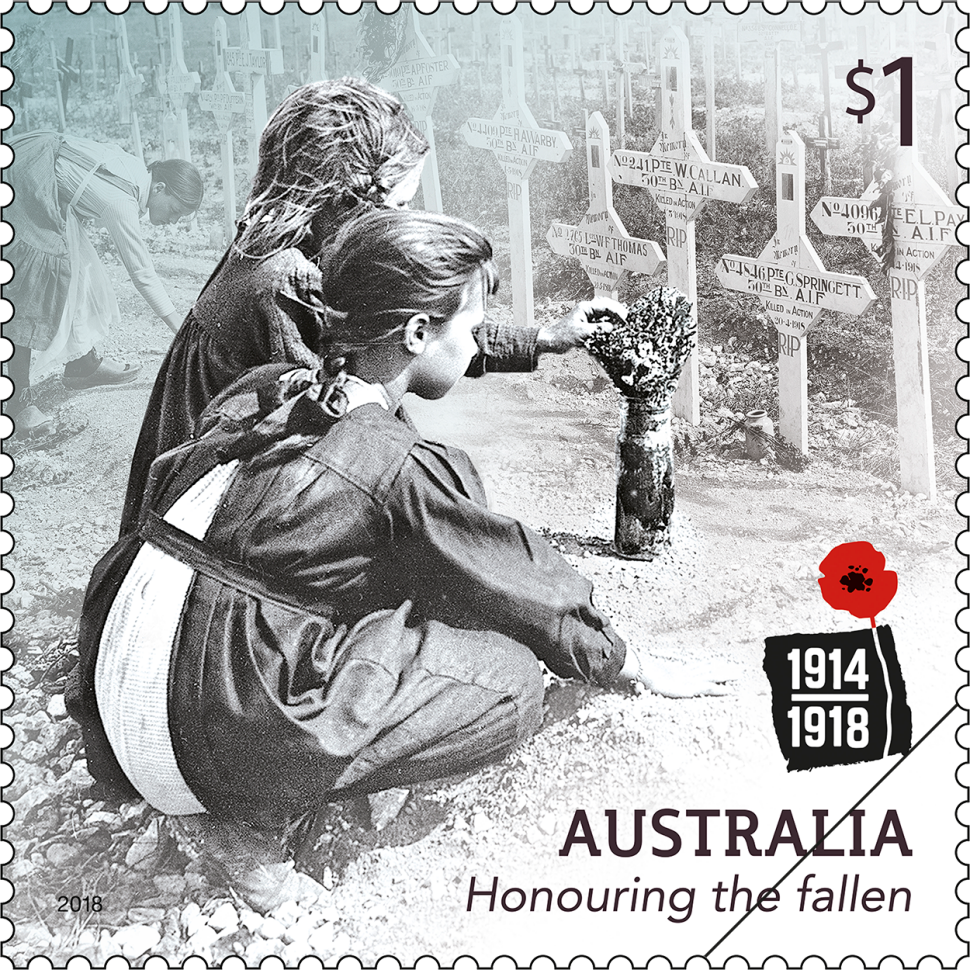
In this stamp, French children are pictured at Adelaide Cemetery at Villers-Bretonneux, as they tend the graves of Australian soldiers who died in the surrounding area throughout the fighting of 1918. Even today, many villages in France honour the sacrifice and bravery of Australian troops during the war.
The stamp photograph is also a vivid reminder that thousands of Australian soldiers never came home – around one-third of the dead having no known graves. For many Australian families, the war did not end with the Armistice. In addition to the many returned soldiers marred by physical and psychological wounds, the lives of thousands of Australian families were wracked by pain, grief and loss for decades afterwards.
This content was produced at the time of the stamp issue release date and will not be updated.
